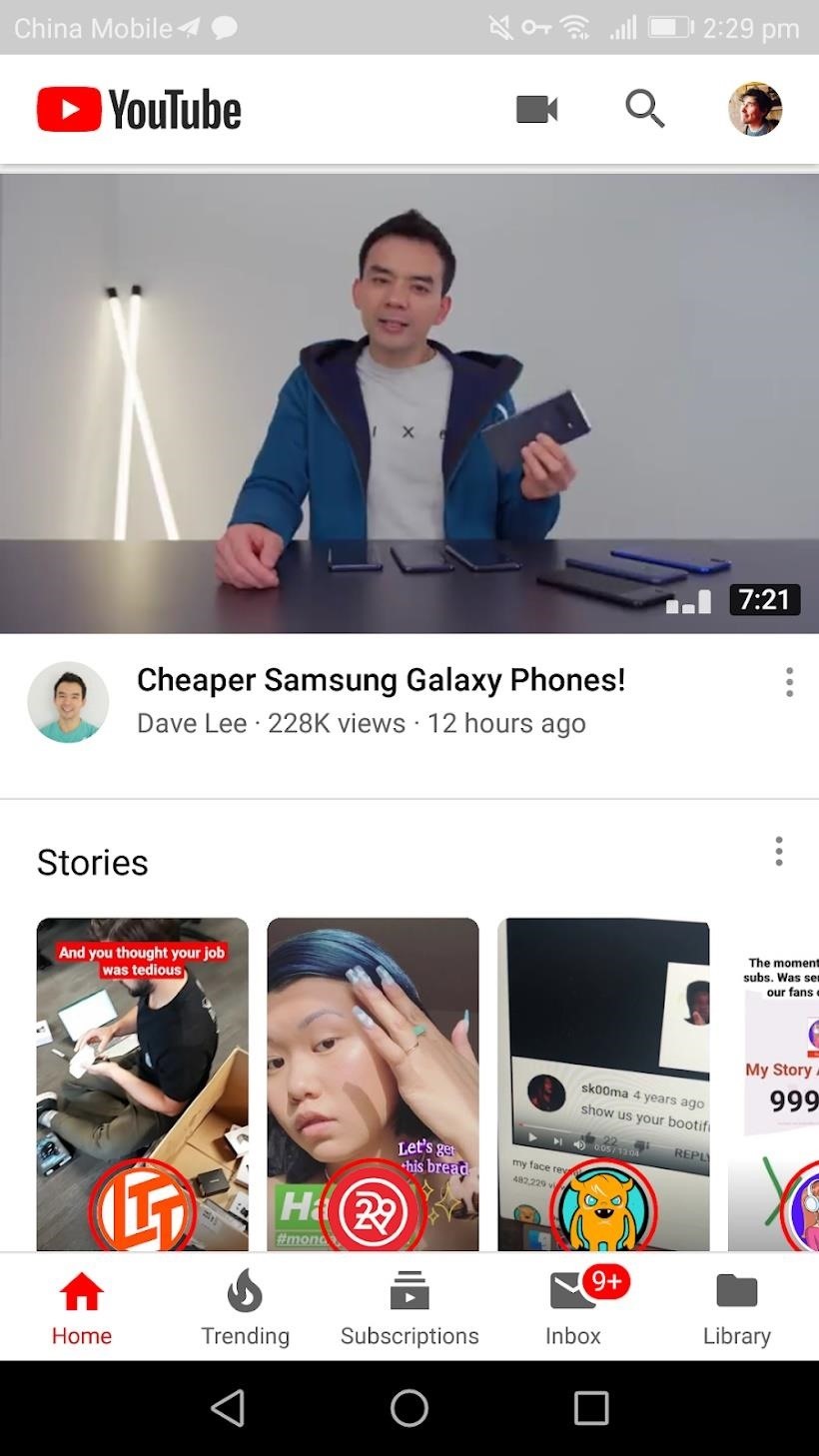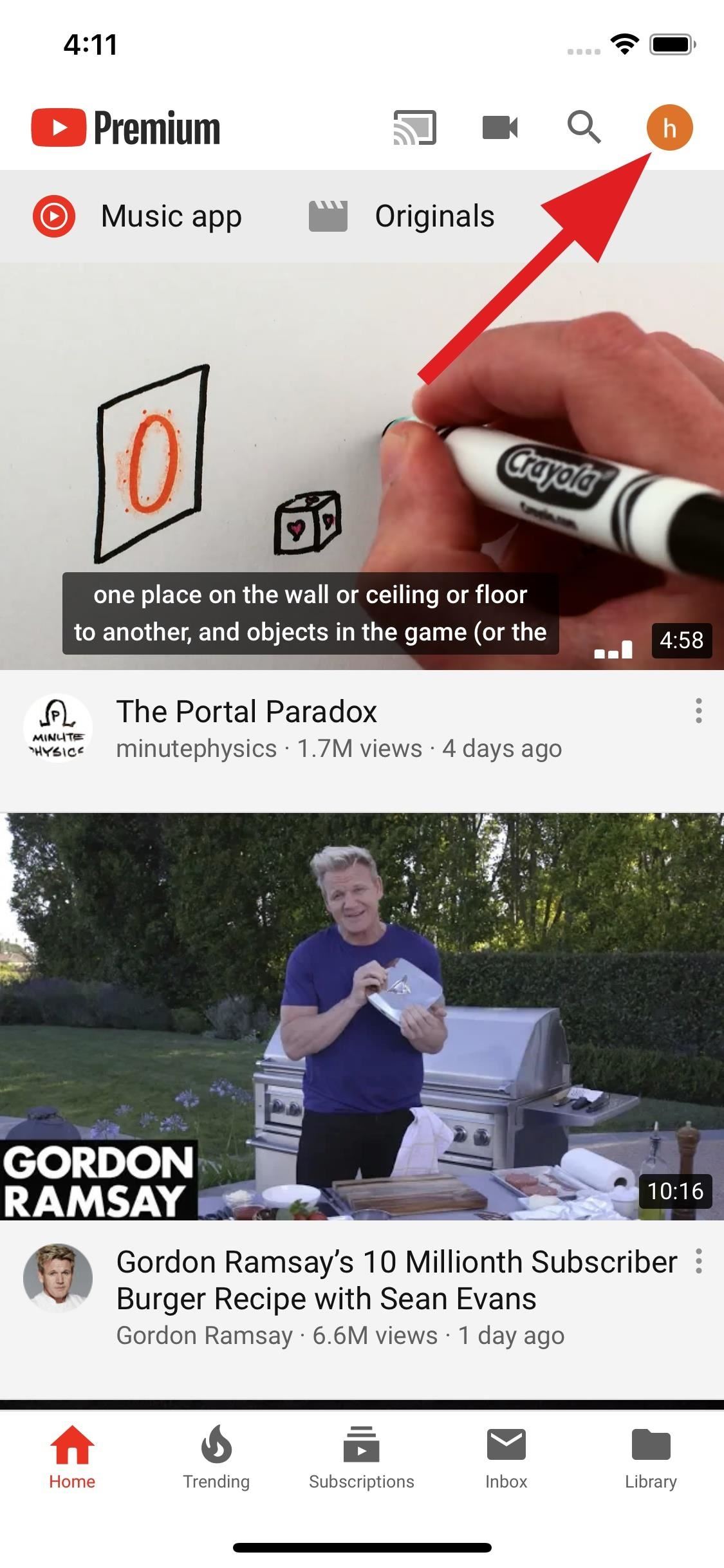Many Web sites aren’t designed well for kids
Age differences often overlooked in design
A new study of the way children actually use Web sites shows they don’t always use them the way adults often think they do.
The Nielsen Norman Group, usability testing consultants, watched 55 U.S. and Israeli children in grades 1 through 5 as they visited Web sites aimed at youngsters as well as e-commerce destinations geared for all ages. Some of the findings include the following:
1. Kids more readily click on ads than do adults. Young users are likely to think that an ad with a cartoon character, for example, leads to a game rather than to another unrelated site.
2. The children in the test groups rarely scrolled down past the initial visible screen area, largely remaining “above the fold” while using a Web site.
3. Sites must be carefully calibrated to suit age differences, which are important to young users. Nielsen Norman quotes one 6-year-old as saying, “This Web site is for babies, maybe four or five years old. You can tell because of the cartoons and trains.”
Not all of the report’s findings are applicable to sites geared for adults. But many of its recommendations can help improve the usability of general e-business sites as well as kid-oriented portals.
WEB SITE USABILITY FOR CHILDREN BY NIELSEN NORMAN GROUP
– – – – – – – – – – – – – – – – – – – – – – – – – – – –
E-BUSINESS BOOK REVIEW: “F’D COMPANIES”
After two years of running his now-famous Web site, scandalously entitled F—–company.com, Philip Kaplan has finally compiled a whole book with more than 150 tales of Internet wipe-outs.
“F’d Companies” tells stories that just might help your own e-business avoid the dot-com graveyard. Some of the names are familiar, but many are less well known. For example, Iam.com isn’t exactly a household word, but it managed to burn through $48 million while expecting models and actors to post their portfolios on its Web site. You may not agree with Kaplan, but his take on many of the disasters can be revealing.
“F’D COMPANIES: SPECTACULAR DOT-COM FLAMEOUTS”
– – – – – – – – – – – – – – – – – – – – – – – – – – – –
LIVINGSTON’S TOP 10 NEWS PICKS O’ THE WEEK
1. Only 26 percent trust e-commerce: Consumers Union
2. Amazon and authors clash over online used book sales
3. Vivendi lawsuit may change status of online games
4. Did price-fixing, not file-swapping, hurt CD sales?
5. Now search Google through Instant Messaging programs
6. Surfers! Internet use may break up your marriage …
7. … But then text messaging could help you get a date
8. Don’t make the errors of these “10 sites that bite”
9. Red Hat releases secure Stronghold Enterprise Server
10. Dan Bricklin test drives the Segway transporter
– – – – – – – – – – – – – – – – – – – – – – – – – – – –
WACKY WEB WEEK: MOST EXCELLENT BUT BIZARRE USE OF FLASH
My wife tipped me off that artist friends of hers were sending each other links to some very strange but highly amusing Flash animations. The kicker is that, after surreal sequences in which cartoon children dance and sing “Hi-Ho!” along with totally incomprehensible storylines, the logo of a major corporation appears — Panasonic!
The answer to the puzzle is that the Flash sequences are advertisements for Panasonic’s Internet access service in Japan. That doesn’t make these little gems any less hilarious and instructive as examples of what you can do with Flash. Besides the link below to one of the weirdest animations at the “Hi-Ho” site, cartoonist Tom Tomorrow’s Weblog has a collection of the best links to a whole collection of the things. (Warning: the Hi-Ho links play music.)
PANASONIC’S COMICAL FLASH ANIMATIONS FOR INTERNET ACCESS
TOM TOMORROW’S LINKS TO MORE HI-HO WACKINESS
– – – – – – – – – – – – – – – – – – – – – – – – – – – –
E-BUSINESS SECRETS: Our mission is to bring you such useful and thought-provoking information about the Web that you actually look forward to reading your e-mail.
ABOUT THE AUTHOR: E-Business Secrets is written by InfoWorld Contributing Editor Brian Livingston ( Research director is Ben Livingston (no relation). Brian has published 10 books, including:
Windows Me Secrets:
Windows 2000 Secrets:
Win a gift certificate good for a book, CD, or DVD of your choice if you’re the first to send a tip Brian prints. Mail to: [email protected].




